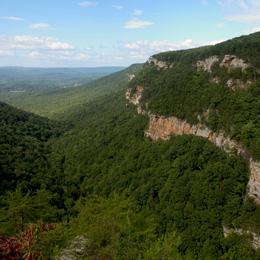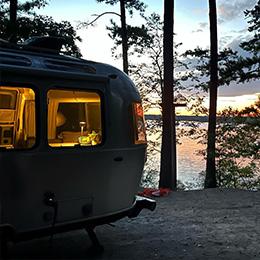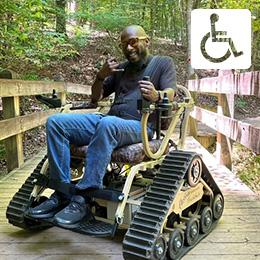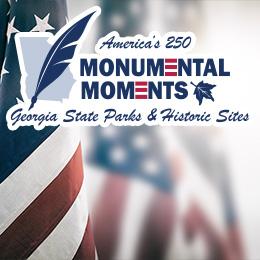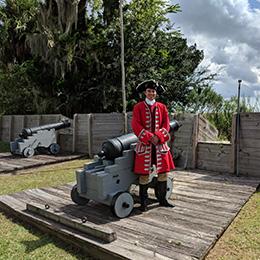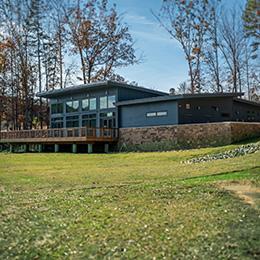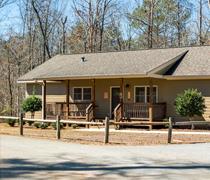A new multi-use trail connecting Winder with Fort Yargo State Park has recently opened to joggers, bikers, dog walkers and other users. State and local dignitaries gathered April 22 at the park for a dedication ceremony and to celebrate 50 years of accessible recreation for all abilities. A new historical marker for Will-A-Way Recreation Area was also unveiled during the event.
The Wilkins Greenway Trail is 1.1-mile paved pathway that travels through a wooded area and along a creek, connecting Lee Street with the park’s Visitor Center. Partial funding came from the Georgia Outdoor Stewardship Act. A new historical marker, located on the trail, explains how Will-A-Way was the nation’s first comprehensive outdoor recreational facility designed for people with disabilities, opening in 1971. Located inside Fort Yargo State Park, the facility is now operated by Camp Twin Lakes.
Fort Yargo is one of Georgia’s more unique state parks because it is located in an urban area, offering an escape into nature with traveling a long distance. This park first opened in 1954 and has a legacy of providing outdoor recreation with pioneering facilities for all abilities.
Tom Wilkins, of whose family is the namesake for the trail, spoke about the history of their property and how proud they are to be a part of the trail’s legacy. Georgia Department of Natural Resources Deputy Commissioner Walter Rabon thanked Rep. Frank Ginn and others for their support of the project. Additional speakers included Winder Mayor David Maynard, Georgia State Parks and Historic Sites Director Jeff Cown, Camp Twin Lakes CEO Jill Morrisey, Georgia Historical Society’s Elyse Butler and Camp Twin Lakes’ Ashley Henderson.
-END-
Historical Marker Text:
Completed in 1971, Will-A-Way Recreational Area was the nation's first comprehensive outdoor recreational facility designed for people with disabilities. Beginning in 1966, the Georgia Department of State Parks met with multiple agencies to develop a recreation area that would eliminate the physical and psychological barriers experienced by people with disabilities. The state selected Fort Yargo State Park as the site for the recreational area due to its proximity to a large percentage of Georgia's population. Created through matching state and federal funds, Will-A-Way consisted of a day-use area, group camp, and family cabins. Nearly 20 years before the passage of the Americans with Disabilities Act (1990) requiring equal rights for people with disabilities, Will-A-Way served as a model for other states seeking to build more inclusive recreational areas.




